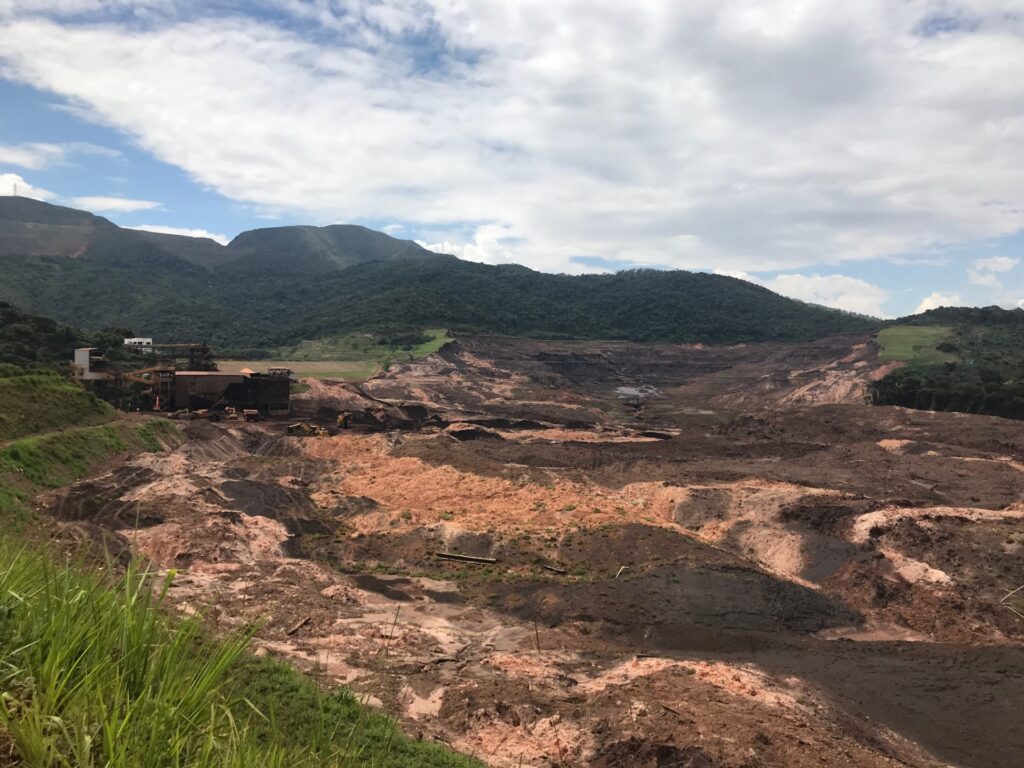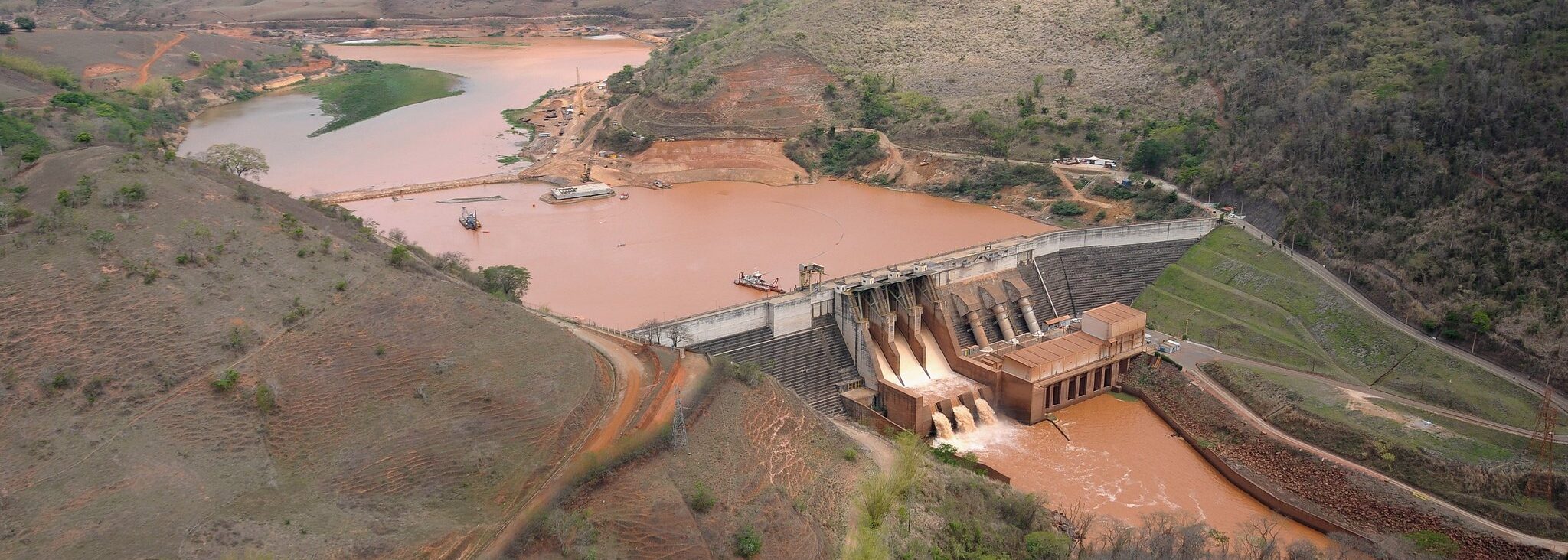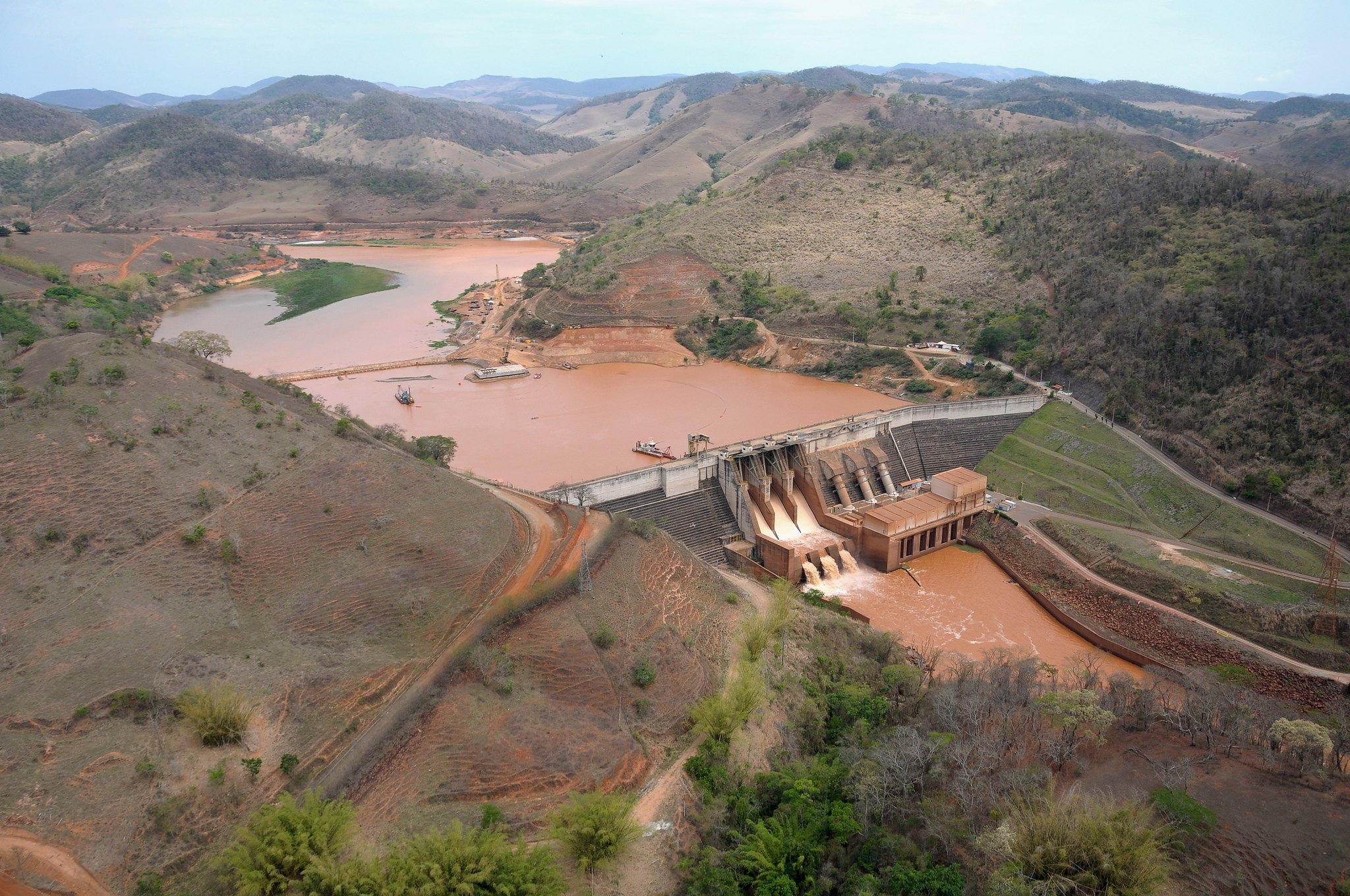Published: 02/13/2024
A commentary by Andreza Perreiras Gonçalves, postdoctoral research fellow, Stanford School of Medicine
Growing up in Minas Gerais, Brazil, I began learning about arboviral diseases, such as dengue, Zika, and yellow fever, from a young age. Later, I became a biomedical scientist and a graduate student in health sciences and gained a deeper level of understanding about those diseases. However, it wasn’t until I witnessed and experienced the devastating effects of the recent yellow fever outbreak in Brazil that I fully realized the complexity and consequences of arboviral epidemics. During this outbreak, I was part of an international collaborative group that aimed to investigate yellow fever in Brazilian patients. Over the past eight years, we’ve studied various aspects of the disease to gain a better understanding of it. As I transition my academic training now to Stanford, at the LaBeaud Lab in the Department of Pediatrics / Infectious Diseases, I‘ve shifted focus to specifically investigate environmental and climatic influences on arboviral diseases.
Climate change, driven by human activities such as deforestation and the burning of fossil fuels, is altering environmental conditions at an unprecedented pace. Rising temperatures, changes in rainfall patterns, and disruptions to ecosystems are creating more favorable habitats for disease vectors, expanding their geographic range and increasing the risk of disease transmission to new populations. As global health researchers, it is imperative that we recognize the interconnectedness between environmental degradation, climate change, and the emergence, reemergence, and rise of arboviral diseases.
As global health researchers, it is imperative that we recognize the interconnectedness between environmental degradation, climate change, and the emergence, reemergence, and rise of arboviral diseases.
Andreza Perreiras Gonçalves
The yellow fever virus, transmitted by mosquitos and responsible for causing a febrile disease that can be deadly, is only considered endemic in Brazil in the Amazon basin region. However, reemergence of this virus in other areas can occur, especially when conditions are favorable (warmer and wetter weather). A particularly severe epidemic hit southeast Brazil in 2016, leading to a significant number of cases in both humans and non-human primates, with a high mortality rate. Low vaccination coverage in certain areas, especially in Minas Gerais state, contributed to the magnitude of the outbreak. However, the origins and causes of this outbreak were complex, involving factors such as changes in climate and the impact of human activity in wildland areas.
Along with other factors, the collapse of a structurally flawed mining dam in Mariana, Minas Gerais, in 2015, has also been associated with the re-emergence of this and other arboviruses in the area. The toxic mud released from the dam led to environmental destruction and contamination of water supplies that were essential for several cities in Brazil. This lack of adequate sanitation and water supply created ideal breeding conditions for mosquitoes, increasing the risk of arboviral diseases. As expected, an increase in those infections was observed in the areas affected months after the disaster, highlighting the interconnectedness between environmental disasters and public health. A second, similar disaster involving the same mining company struck Brumadinho in Minas Gerais in 2019. While the impacts of the second dam collapse on infectious disease are still being studied, both disasters have been associated with an increase in arboviral diseases in the region.

The implications of environmental disasters for infectious disease transmission extend beyond local boundaries, with the potential for epidemics to spread rapidly to other regions and even globally. The recent changes in the epidemiological pattern of sylvatic yellow fever in Brazil, along with the current rise of other arboviral diseases in South America, such as dengue and chikungunya, and the re-emergence of viruses such as Mayaro and Oropouche in urban areas pose significant threats to public health and are alarming signs.
The implications of environmental disasters for infectious disease transmission extend beyond local boundaries, with the potential for epidemics to spread rapidly to other regions and even globally.
Andreza Perreiras Gonçalves
Research plays a crucial role in understanding the complex interactions among environmental factors, vector populations, and disease transmission dynamics. By comprehending these mechanisms, we can develop more efficient strategies for disease surveillance, prevention, and control. Addressing the underlying causes of environmental destruction and promoting more sustainable practices are vital components of mitigating the impact of environmental changes on arboviral diseases. Urgent action is required to decrease greenhouse gas emissions, preserve biodiversity, and protect vulnerable ecosystems. Public engagement and advocacy are also critical in raising awareness about the links between human actions, environmental health, and public health.
In conclusion, the challenge of arboviral diseases requires a comprehensive approach that includes scientific research, environmental conservation, and collective action. By collaborating, we can confront this challenge and safeguard the health and well-being of communities worldwide.
(Photo credit: Via Flickr, by Ibamagov.)

